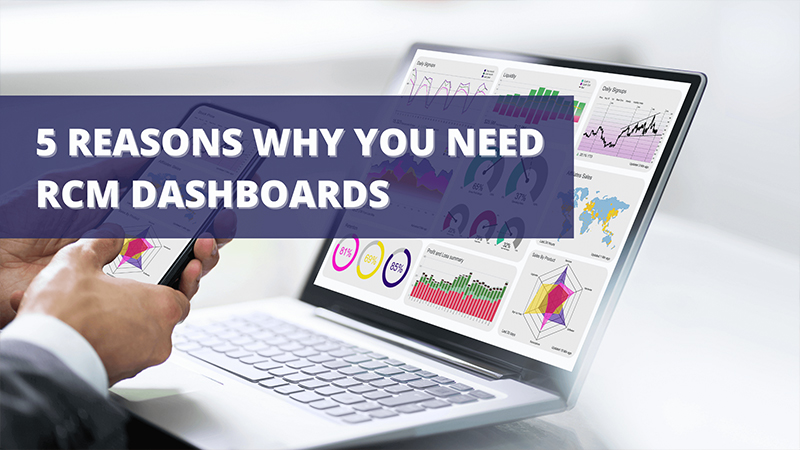Let’s face it. People get into the Healthcare field mostly because they want to help people. They want to focus on patient care and improving the quality of life in the face of injury or disease.
They don’t want to focus on coding, billing, and the rest. But they also don’t want to waste money. This is why Outsourcing has saved so many practitioners’ money.
Here are some of the benefits:
1. Full operational transparency
Displays live data so performance measurements are always based on the latest accounts receivables, charges, payments, and adjustments information.
If you aren’t looking at, you’re reporting and data for all they can be, you’re missing out on opportunities to do more with less and leverage that data to drive the smart decisions your leadership craves.
The right dashboard does most of the heavy lifting and allows you and your team to learn from the data you collect so you can improve financial outcomes, clinical results, and the patient experience overall.
2. Reduce claim denials
Dashboards give you more detail about the status of each claim and top reasons for denials. Focusing on these most common reasons will ensure fewer denials and more timely payment.
3. Improve staff productivity
Dashboards give you more detail about the status of each claim and top reasons for denials. Focusing on these most common reasons will ensure fewer denials and more timely payment.
4. Improve patient experience
Ultimately inefficient billing practices negatively affect patient outcomes due to lack of transparency, confusion, unexpected costs, and delayed treatments. By improving staff productivity patients will also benefit significantly.
Effective revenue cycle management eliminates the redundant processes, simplifies the complexities, streamlines the system. This lowers the administrative burden of the care providers, and they focus more on delivering quality care services. Efficient revenue cycle management with the automation of the processes improves all the touchpoints of a patient journey and concludes the process with timely payments.
5. Unlock cashflow
By improving staff productivity, reducing claim denials, and time spent on paperwork overall costs will come down.
Data visualization is a process that makes the data readily available for use easily. This process helps us in minimizing operating costs by providing detailed data and information in understandable forms at the convenience of the doctors, nurses, and the administration on the spot.
The systems enable healthcare professionals to procure unique knowledge and information about the demographics and lifestyle preferences of their patients. This further helps them in tracking and healing the patients accordingly.

